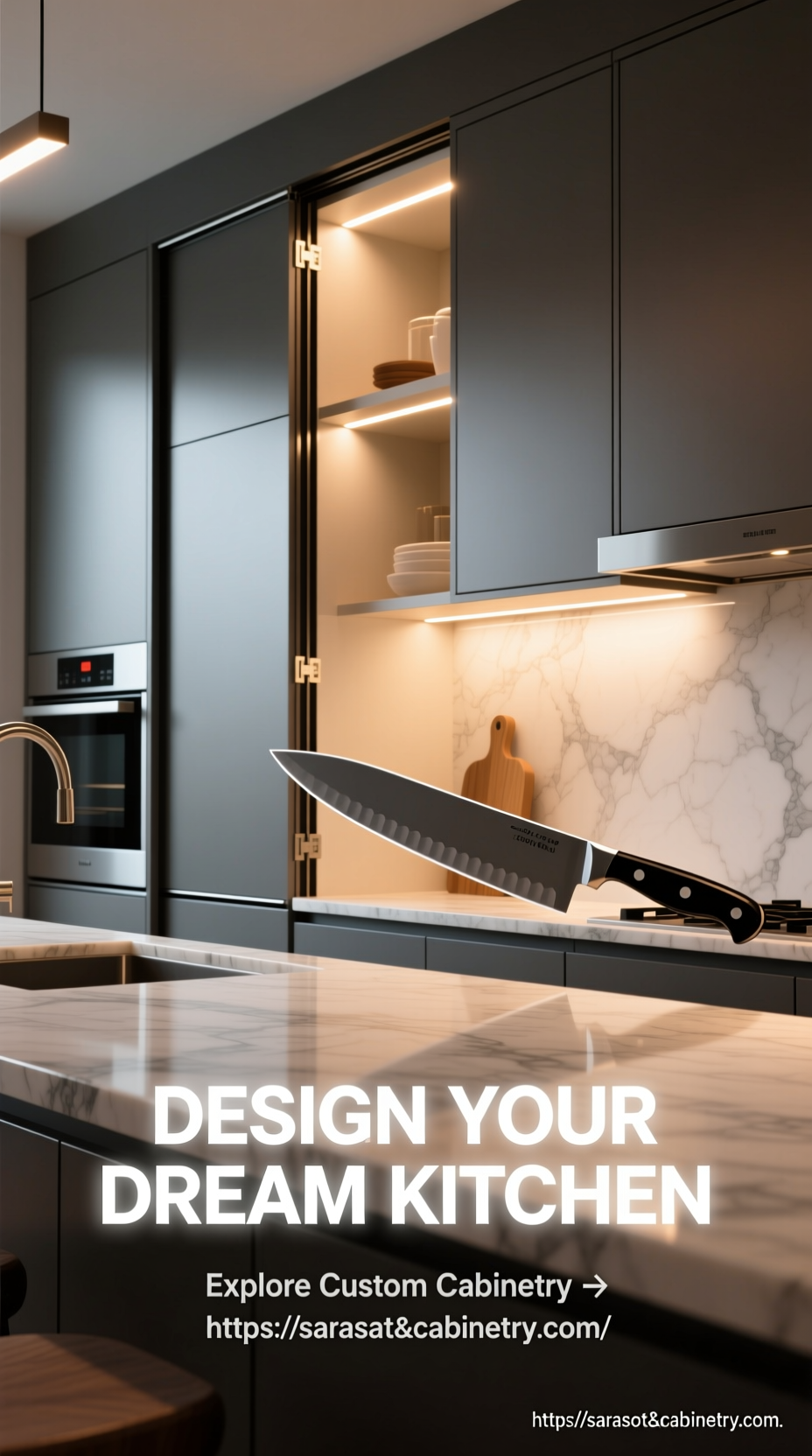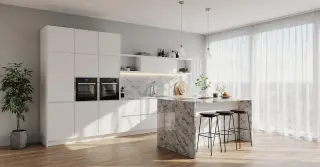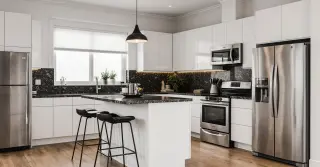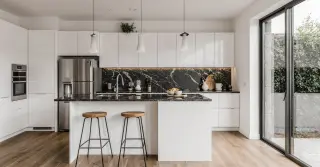Kitchen Layouts with Island
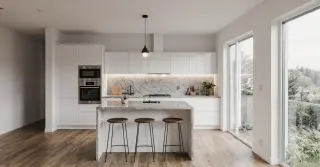
Kitchen Layouts with Island: Elevating Modern Culinary Spaces
Designing a kitchen that is both practical and visually captivating starts with deliberate planning, and the concept of layouts with an island has become a cornerstone of modern culinary architecture. A kitchen island is not merely a decorative feature; it serves as a multi-purpose hub that enhances workflow, provides additional storage, and creates a natural gathering space. Whether planning a renovation or a new construction, strategically placing an island demands precise consideration to balance beauty and practical use, ensuring cohesion with cabinets, countertops, and built-in appliances.
With their adaptability, kitchen islands can transform small urban apartments as well as sprawling, open-concept homes, and experts stress careful planning to maintain smooth movement around the island and preserve an efficient work triangle connecting stove, sink, and fridge. Strategically placed islands serve as subtle dividers between culinary workspaces and social areas, ensuring unobstructed movement and illumination. Incorporating ergonomic design principles ensures that daily kitchen tasks, whether chopping, mixing, or cleaning, are performed with maximum comfort and minimal strain.
Materials play a pivotal role in the overall impact of kitchen design with an island. High-quality wood, sleek quartz, or polished granite surfaces not only elevate the visual appeal but also contribute to long-term durability. The choice of countertop materials often reflects the homeowner's lifestyle; for instance, families may prefer resilient, low-maintenance options, while culinary enthusiasts might invest in premium surfaces optimized for heavy-duty cooking. Additionally, integrating contrasting textures between the island and surrounding cabinetry creates a dynamic focal point, making the island both functional and an expression of personal style.
Effective lighting is vital for highlighting the island and the overall kitchen environment. Suspended lights above the island provide practical illumination for meal prep and contribute to a multi-dimensional, inviting lighting design. Layered lighting strategies harmonize task efficiency with visual comfort, ensuring the kitchen remains both practical and welcoming. Integrating sunlight into the design accentuates the island, creating a radiant, central hub that draws attention.
Island-based storage blends functional design with creative innovation. Incorporating hidden storage, shelving, and specialized racks optimizes countertop space, turning islands into highly functional command centers. Custom cabinetry designed specifically for islands often includes built-in appliances, such as dishwashers or under-counter refrigerators, streamlining workflow and consolidating essential tools within arm’s reach. Advanced storage solutions reflect meticulous kitchen planning, combining practicality with sophisticated style.
The social dimension of kitchen islands cannot be overstated. By incorporating bar seating or extended countertops, islands host breakfasts, casual meals, and social gatherings. Extended counter spaces with seating invite interaction, allowing seamless mingling during meal prep. Designers carefully balance social seating and work zones, preventing obstruction of cooking areas. The island becomes a transitional element linking cooking, dining, and living areas, promoting fluid movement and interaction.
Incorporating appliances into the island epitomizes advanced kitchen planning. Integrated cooktops, prep sinks, and beverage coolers enhance functionality by consolidating key kitchen operations. By locating essential tools in the island, daily tasks become smoother, faster, and more ergonomically friendly. Advanced technologies, such as touch-activated faucets, induction cooktops, and smart storage solutions, can be seamlessly incorporated into the island, merging cutting-edge innovation with timeless design principles.
Finishes and palettes play a critical role in shaping the ambiance and identity of the kitchen. Subtle color schemes foster tranquility, whereas striking shades emphasize style and act as visual anchors. Ensuring a unified palette across kitchen elements enhances coherence, while deliberate contrasts on the island highlight its centrality. Emerging material trends, including matte finishes and eco-friendly composites, combine modernity, durability, and sustainability.
Adaptive island configurations accommodate diverse cooking, entertaining, and functional preferences. Features such as prep sinks, beverage centers, or dedicated baking areas personalize islands for specific tasks. Multi-level islands can accommodate cooking and seating areas simultaneously, while sliding or movable components add adaptability for varying occasions. Expert input guarantees that advanced island features integrate seamlessly, providing optimal balance between style, convenience, and everyday usability.
Well-designed islands account for user safety, accessibility, and ergonomic comfort. Implementing rounded edges, clear pathways, and ergonomic heights ensures a safe, efficient, and user-friendly environment. Incorporating accessibility and family-friendly features demonstrates commitment to inclusive, user-centered design.
Incorporating these elements creates a kitchen space that is not only visually impressive but also profoundly functional, making the island the heart of the home. Each design decision, from circulation patterns to ambient lighting and storage, reinforces harmony, efficiency, and visual appeal in kitchens with islands. By blending innovative design solutions with high-quality materials and expert planning, homeowners achieve a space that supports both culinary creativity and daily living, transforming the kitchen into a dynamic, indispensable hub.
This approach to modern kitchen design showcases how a thoughtfully crafted island layout can enhance not only the functionality of a kitchen but also its role as a central gathering place, reflecting personal style, optimizing workflow, and elevating the overall living experience.

